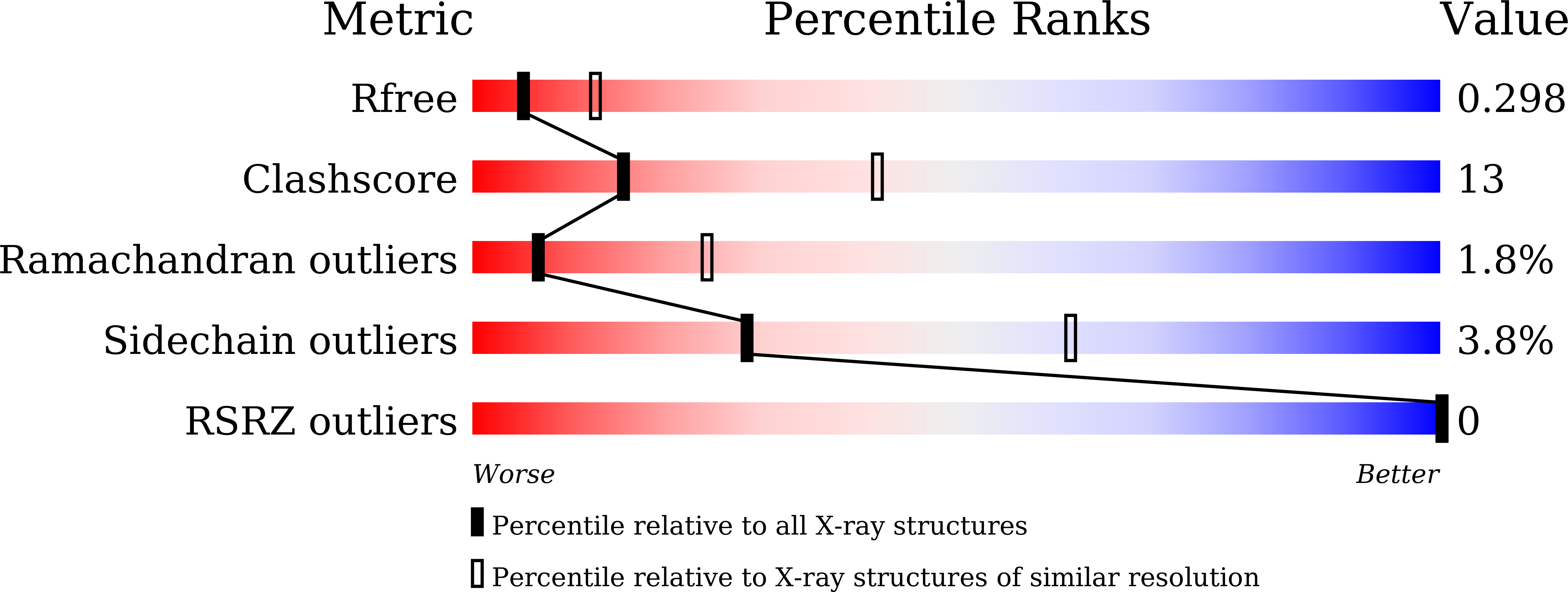
Deposition Date
2024-08-10
Release Date
2025-06-04
Last Version Date
2025-07-09
Entry Detail
PDB ID:
9J50
Keywords:
Title:
Crystal structure of the closed state of the omega transaminase TA_5182 from Pseudomonas putida KT2440
Biological Source:
Source Organism:
Pseudomonas putida KT2440 (Taxon ID: 160488)
Host Organism:
Method Details:
Experimental Method:
Resolution:
2.80 Å
R-Value Free:
0.29
R-Value Work:
0.24
R-Value Observed:
0.24
Space Group:
P 1


